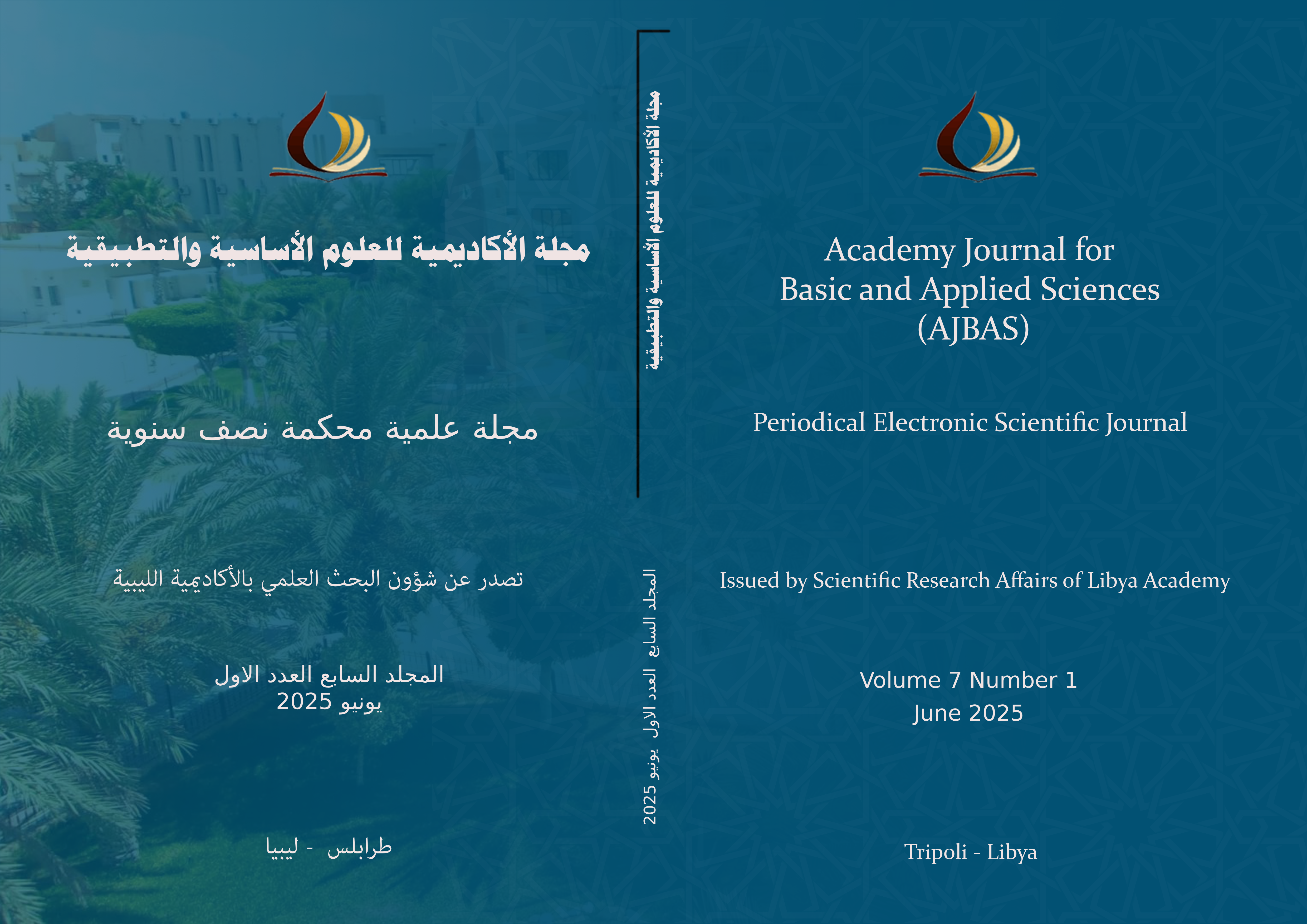Comparison Analysis and Calculation Of Cooling Capacity Of GTU Inlet Air ACooling Systems For Climatic Conditions With Saving Fuel Cost For Three Regions Of Libayn Jalu, Hon , Tripoli
Main Article Content
Abstract
Gas turbine (GT) generators are the base of electricity branch in Libya. Gas turbine performance in Libya are characterized by high intake air temperatures and their fuel efficiency falling as a result that requires the intake air cooling. Absorption lithium-bromide chillers providing a gas turbine intake air temperature decrease down to 15 °С and absorption aqua-ammonia and refrigerant ejector chillers with air temperature decrease down to 10 °С and lower using the heat of turbine exhaust gas are discussed as waste heat thermo transformers. A fuel saving due to cooling of the air at the inlet of gas turbines down to varies temperatures by thermo transformers of different types has been evaluated for regions of Libya where electricity production in turbo generators is concentrated. It was shown that gas turbine intake air cooling down to the temperatures of 10 absorption aqua-ammonia and refrigerant ejector chillers provides annular fuel saving (1.5) times larger as compared with absorption lithium-bromide chillers providing a gas turbine intake air temperature decrease down to 15 °С. The higher efficiency of gas turbine intake air deep cooling down to the temperatures of 10 and absorption aqua-ammonia and refrigerant ejector chillers has been proved as a result. The annular fuel saving due to air cooling at the inlet of gas turbine generators by thermo transformers of different types has been evaluated for 3 regions of Libya where the electricity production ,Taking into account daily and seasonal changes in climatic conditions, and the cooling capacity allocated to air cooling.

